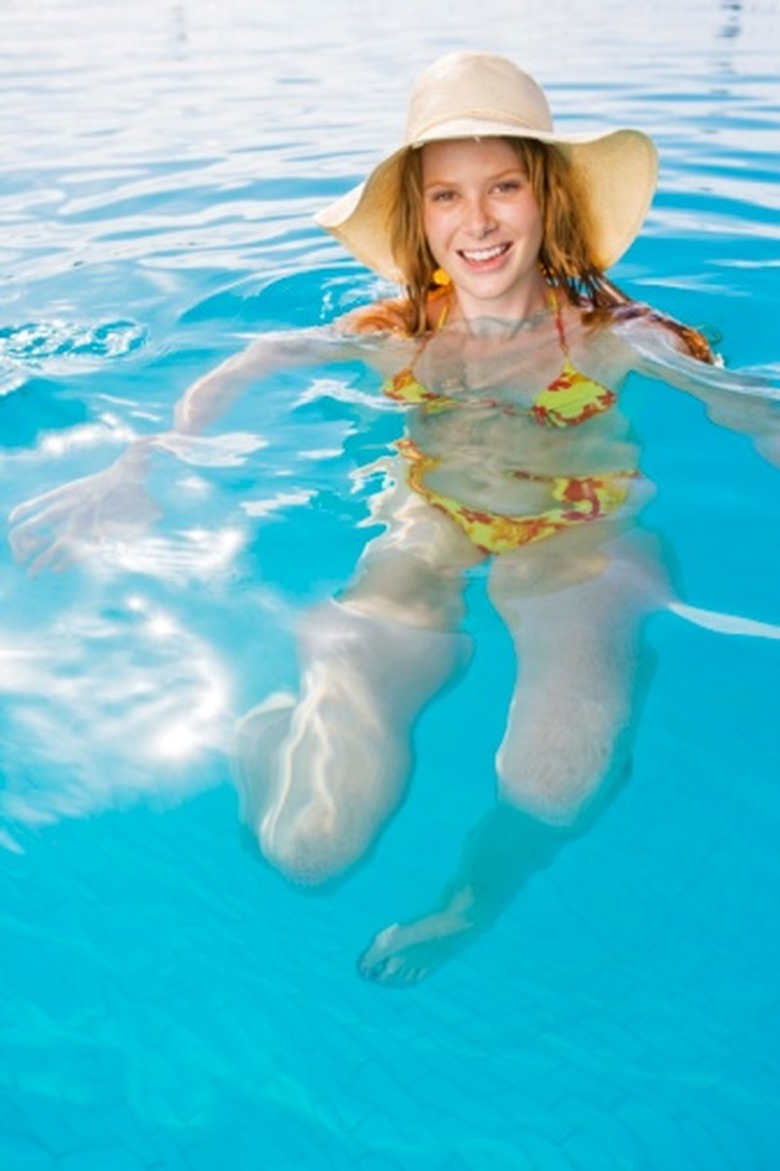How To Treat Ants Under Liner Of Swimming Pool
Swimming with ants is probably not your idea of a good time. If you have ants under your swimming pool liner, you likely want to get rid of them. Ants will often destroy the liner by chewing holes through it, sometimes creating so much damage it needs to be replaced. Unless treated, the ants can enter the pool, possibly causing harm to those inside, if the ants sting or bite. Fortunately, you can eliminate the presence of ants.
Step 1
Spray insecticide around the base of the pool. Applying the insecticide right after pool installation will prevent the ants from ever getting under the liner at all. Placing bait around the pool is also a good idea, as ants will collect the substance and take it back to others in the nest.
- Swimming with ants is probably not your idea of a good time.
- Placing bait around the pool is also a good idea, as ants will collect the substance and take it back to others in the nest.
Step 2
Place insecticide under the liner, if possible. If there are large holes in the liner that are big enough to place bait or a bottle of insecticide inside, spray the insecticide where the ants are located or drop a piece of bait in the hole. You may have to apply the product several times to eliminate the problem, but eventually the ants will die.
Step 3
Remove the liner from the pool, if the ants have created too much damage and have destroyed the liner. Before installing a new liner, treat areas under the liner with insecticide designed to kill ants.
Pool Liner
Vinyl liners deteriorate over time due to harsh ultraviolet rays and pool chemicals. Monitor the water level for at least a week. If the water line drops more than an inch, you probably have at least one leak somewhere in the liner. While a pool liner will fade from exposure to chemicals and sunlight, significant algae or rust stains cannot be removed. Once it becomes brittle, tears and cracks will follow. Over time, vinyl liners loose some of their elasticity. Without the support of the track, your liner may sag, which causes water to drain from the pool and leads to wrinkles in the vinyl. If your pool liner is less than three years old, it may be worth trying to repair the damage instead of replacing the liner, but first consider where the pool liner is damaged because some areas have better odds of successful repair than others. Damage close to the liner's bead or any plastic fittings are also difficult to repair.
- Place insecticide under the liner, if possible.
- If the water line drops more than an inch, you probably have at least one leak somewhere in the liner.
Things Needed
- Insecticide designed to eliminate ants
- Ant bait
Tip
Some insecticidal products can stain or dye pool liners. Therefore, test the product on an inconspicuous place before placing it underneath the liner.
